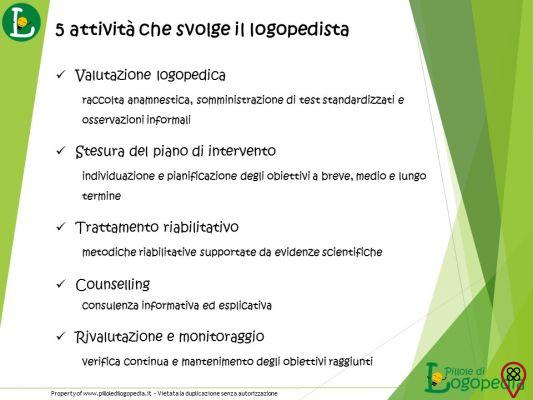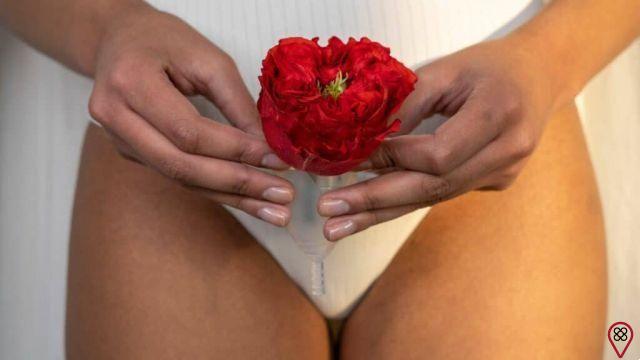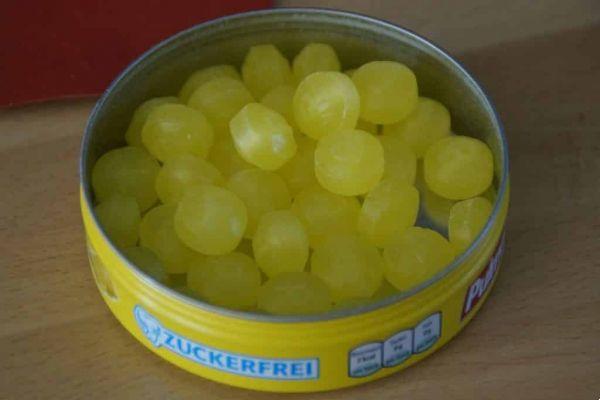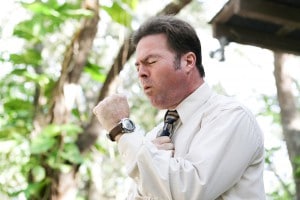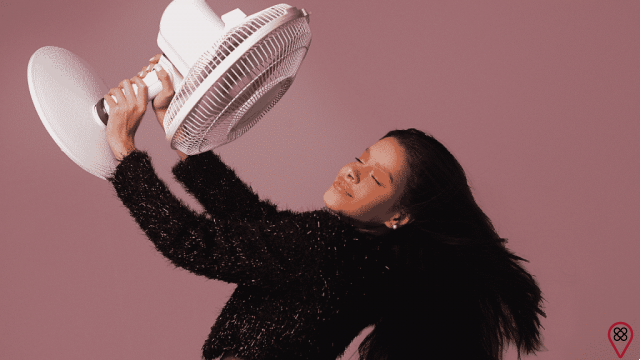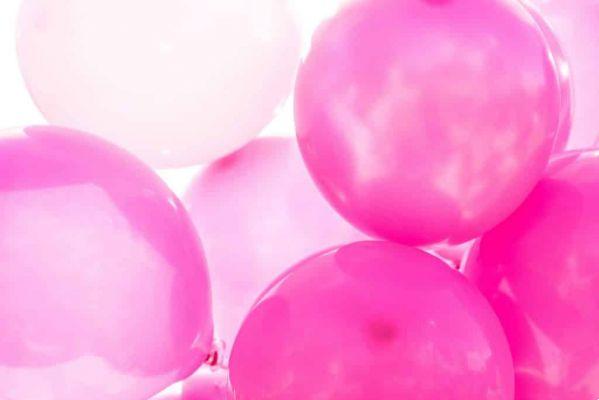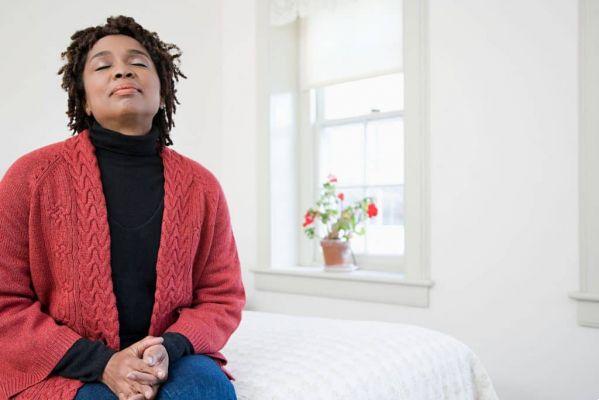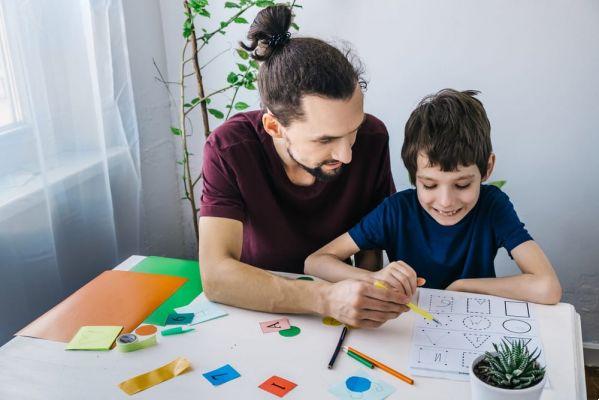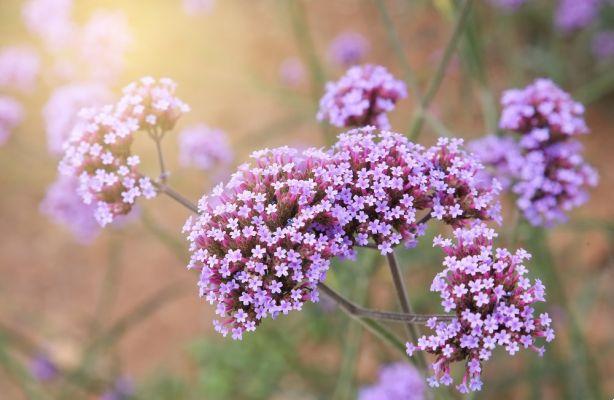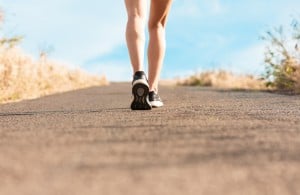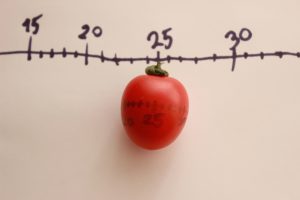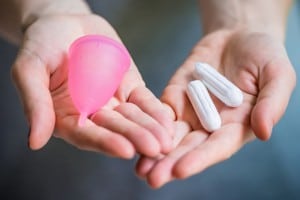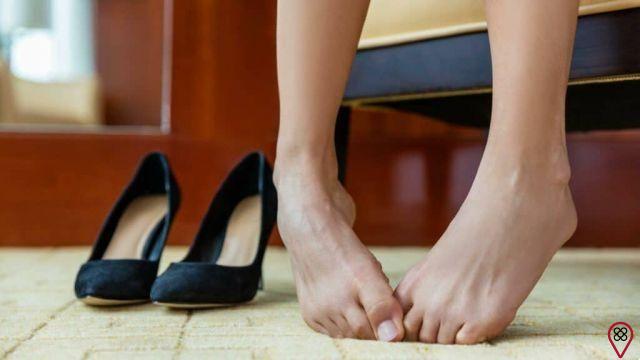Aromatherapy is an adjunctive treatment of ailments made with oils and scents from plants. It is a holistic therapy as it harmonizes body and mind. Currently, it is widely used in facial/body aesthetic cosmetics and personal hygiene. Hippocrates, the world's first physician, already knew the benefits of aromatherapy. The father of medicine used the technique to fight the "Plague of Athens", an epidemic that killed 25% to 35% of the city's population, whose symptoms were sore throat and tongue, inflammation in the eyes and "heats in the head". However, the birthplace of aromatherapy is in Egypt, a country that has attracted doctors from all over the world interested in the art of aromas.
arrival in the east
Research indicates that aromatherapy arrived in the West during the Crusades. Essential oils, flagships of this science, began to be used in the 14th century. Aromatherapy gained popularity two centuries later and studies on the antibacterial properties and chemical composition of plants and healing potentials began in the late 19th century.
In the 20s, French chemist René Maurice Gattefossé empirically proved the power of oils to have a burn healed by lavender essential oil. Jean Valnet, a French army doctor, was successful in treating wounded soldiers as well as the mentally ill. The book Aromathérapie, released by Valnet in 1964, is the bedside book of aromatherapy. In 1950, Austrian biochemist Marguerite Maury brought the art of scents to beauty clinics in Britain.
Essencial oils
Vedic literature and Chinese medicine knew the power of oils. Avicenna, the best-known physician of the Roman Empire, modernized the distillation of essential oils. The various extraction methods are complex and most consist of mixing oils, fats, alcohol and certain solvents, but not mixing water. Learn about some types of extraction below.
Distillation
Steam draws the oils from fresh and chopped plants. The steam rises, goes into a container and a tube pushes it. The steam is cooled and condenses with the water. Water and oil are separated for oil collection. Another way to get the oil is the remaining water. The aromatic compounds of certain plants remain in the water after steam distillation. Water is called hydrosol and its use is for facial hydration.
Expression
Fresh plants, seeds and bark are squeezed. The method is employed for the production of lemon, lime, orange and grapefruit oils.
enfleurage
It is rarely used as it is extremely time consuming and difficult. The hot vegetable shortening plates retain the oil from the flowers, which are exchanged for fresh flowers. The procedure is repeated several times to ensure full absorption of the fragrance. Solvents separate the fat from the flowers and what's left is the oil. The enfleurage method can still be seen in France.
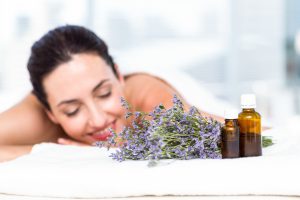
solvents
System avoided by the risk of residues in the oil. The most common solvents for dilution are benzene, hexane or methylene chloride. The solvent is evaporated by a vacuum machine or centrifugal force that extracts the oil, called absolute. Paraffin can also be used, giving rise to the “concrete” essential oil. This method is used in the production of vanilla, jasmine and rose oils.
oil purity
It is the most important feature for users. Counterfeit essential oils are mixed with vegetable oils, alcohol or solvents other than those mentioned above. The least adulterated ones are peppermint, orange and cedar, as they are cheap. Jasmine, melissa and rose oils are the most counterfeited, due to their high cost. The details below help attest to the veracity of the oil:
- An essential oil is not an oily substance. Wet a piece of paper with it. If it doesn't dry within 24 hours and you get an oily stain, it's a product made with vegetable oil or synthetic essence;
- Mix with water. If it appears milky or mixes with water, the oil is artificial;
- Essential oils are sold in bottles, never in plastics. The package must have the name of the plant in Latin, for example: Rosmarinus officinalis (rosemary);
- Price. Citronella, eucalyptus, orange and tangerine essential oils cost approximately R$10 per milliliter. Jasmine, chamomile, rose and neroli (orange blossom) oils can cost from R$200 to R$1. Products sold for R$5 are not pure;
- Smelling eucalyptus, peppermint and rosemary oils makes your eyes sting.
The most popular oils
It is used in anxiety, fear and panic attacks. It has aphrodisiac properties and has been used in the treatment of impotence and frigidity.
It improves concentration levels, acts as a healing agent and acts against bronchitis.
Reduces skin oiliness, heals wounds and insect bites.
It fights migraines, depression, stress, menstrual cramps and muscle pain.
Lowers blood pressure, relieves pain from arthritis and rheumatism.
Treats skin problems and menstrual cramps.
It relieves mental fatigue, improves memory, stimulates hair growth and even treats muscle and rheumatic pain.
Treats insomnia, migraines, depression and panic attacks.
Good for allergies, chronic cough, nausea and stress.
Ideal for symptoms of premenstrual tension and menopause. |
How to use?
Ingest the oils mixed with honey and vegetable oil, never pure so as not to irritate the mucous membranes. On inhalation, fans without filters and diffusers equipped with a wind tunnel take the properties to the central nervous system which in turn informs the organism of the reception of a positive agent. On the skin, oils eliminate blemishes, pimples and prevent wrinkles.
Did you already know about aromatherapy? Tell me what you think of her. If you already use the oils, talk about the benefits you've had.
Text written by Sumaia de Santana from the Eu Sem Fronteiras Team



